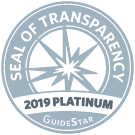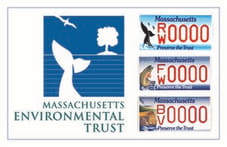Grants will protect people, communities manage heat and flooding
Arlington, MA, September 19, 2025—Governor Healey’s announcement of $28.7 million in FY2026 Municipal Vulnerability Preparedness grants included just over $4 million in funding for community-designed projects to prevent harm to residents, workers, and resources in Resilient Mystic Collaborative (RMC) cities and towns.
Convened by ten Mystic watershed communities and the Mystic River Watershed Association in September 2018 and now led by senior staff from twenty cities and towns and non-governmental partners, the RMC designs and completes on-the-ground projects to protect our most vulnerable residents and public services from harm due to increasingly extreme weather.
Quotes from each community, followed by a summary table of individual and regional grants, are below.
Five million in MVP funding will go toward protecting food security in the Northeast and environmental justice neighborhoods in Chelsea and Everett. (Photo Credit: Greg St. Louis. Flooding at the New England Produce Center during a record Nor’easter in 2018)
FY2025 MVP Action Grants Secured by Resilient Mystic Collaborative Municipalities
###
Mystic River Watershed at a Glance
The 76-square-mile Mystic River Watershed stretches from Reading through the northern shoreline of Boston Harbor to Revere. An Anglicized version of the Pequot word missi-tuk (“large river with wind- and tide-driven waves”), it is now one of New England’s most densely populated, urbanized watersheds.
The seven-mile Mystic River and its tributaries represented an early economic engine for colonial Boston. Ten shipyards built more than five hundred clipper ships in the 1800s before roads and railways replaced schooners and steamships. Tide-driven mills, brickyards, and tanneries along both banks of the river brought both wealth and pollution.
In the 1960s, the Amelia Earhart Dam transformed much of the river into a freshwater impoundment, while construction of Interstate 93 filled in wetlands and dramatically changed the river’s course. Since then, many former industrial sites have been cleaned up and redeveloped into new commercial areas and residential communities.
The Mystic is facing growing climate-related challenges: coastal and stormwater flooding, extreme storms, heat, drought, and unpredictable seasonal weather. The watershed is relatively low-lying and extensively developed, making it prone to both freshwater and coastal flooding. Its twenty-one municipalities are home to 600,000 residents, including many who are disproportionately vulnerable to extreme weather: environmental justice communities, new Americans, residents of color, elders, low-income residents and employees, people living with disabilities and English-language learners.






